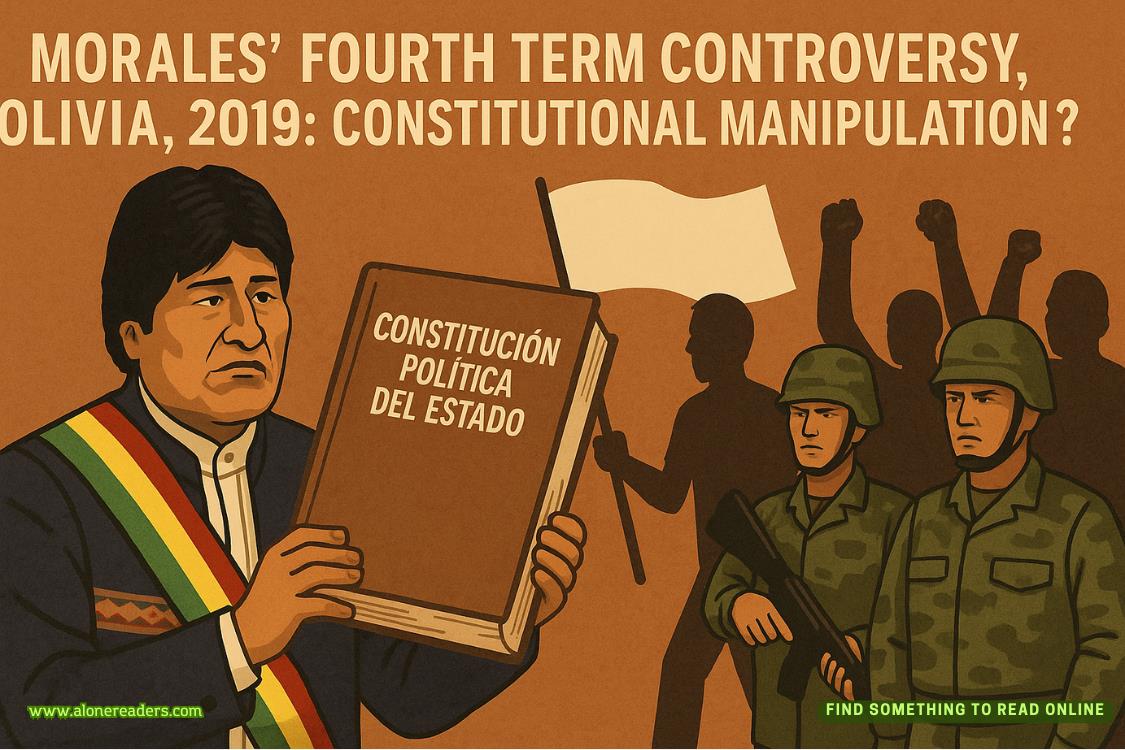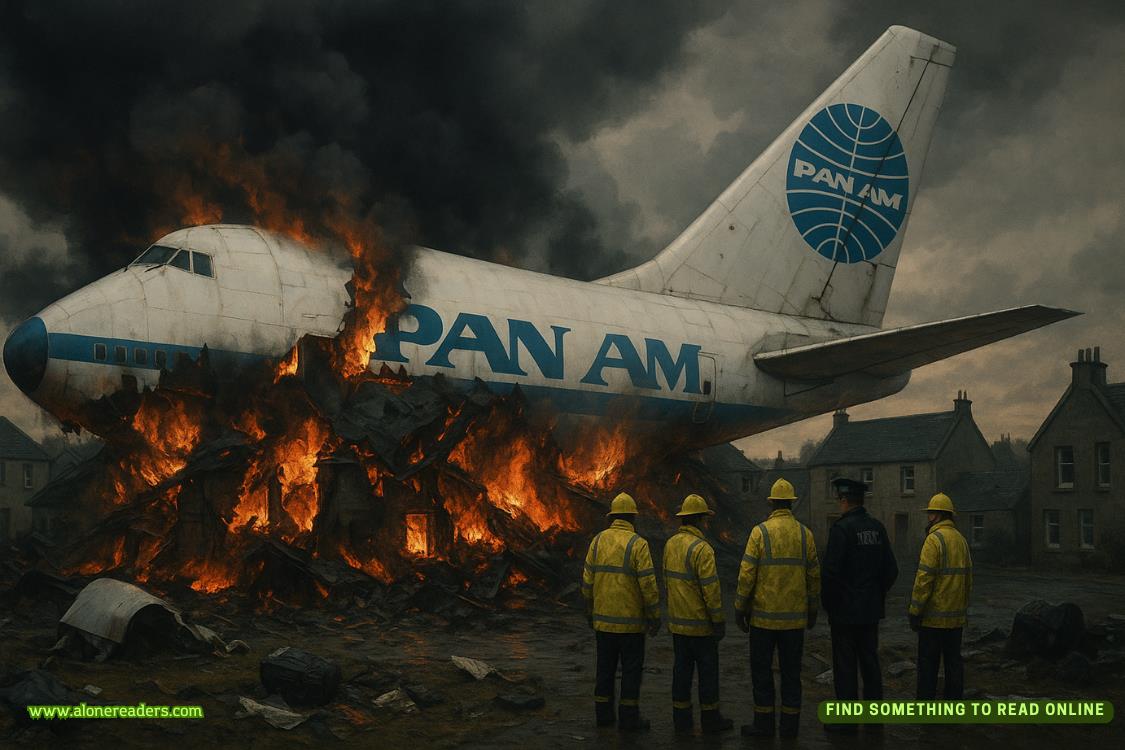Page 108 of The Oligarch's Daughter
Until Moscow. And what Ludmilla, the nearly blind woman, had told him. And what he’d found in the files.
Was that why Jake Larsen had been killed, for asking too many questions about a Russian operation? It was no secret that the Russian intelligence services resorted to deadly means to deal with their enemies.
And was he next?
Would what had happened in Moscow catch up with him?
He rented a Chevy Malibu at Hertz. As he got on 495 West at Tenth Avenue and then, a few minutes later, I-87 North, he found himself thinking obsessively about his father-in-law and the danger he had stepped into, about Frost and Berzin. And Mark Addison and the FBI. And Tatyana. Addison had promised that the FBI would provide protection for Paul, but he hadn’t been specific enough to settle Paul’s qualms.
Would it be enough? And would they protect his wife, too?
The view as he drove got increasingly picturesque. It was jarring, the beautiful scenery juxtaposed against the paranoia he was feeling, the sour plumes of acid it jetted into his stomach. By the time he reached Ulster County, he was driving across farmland, beside pastures and herds of cows and grain silos and stacks of hay. It made him think about his childhood, the time he spent with his father in the woods outside Bellingham. In some ways, his New York City life had been an unsettling change for him. He’d grown up identifying trees and hiking through forests, spending much of his time outdoors. But he’d given all that up to move to Manhattan and get a job on Wall Street. It had been a trade-off, and he wondered if he was really happy as an urban guy. Tatyana, certainly, wouldn’t want to leave the city. He was reminded of a TV show,Schitt’s Creek, where a once-wealthy family moves to a small rural town. Hilarity ensues.
He didn’t see any signs for Hudson DataVault, so he placed his trust in his GPS to guide him to the facility. The route there was a series of perfectly straight farm roads. Then the landscape became hilly and more densely forested, and the roads were winding. Finally, a newly paved access road took him to a small, low-slung, white-painted cinderblock office building built into the side of a mountain. Next to it was a tunnel, down which a couple of large white Hudson DataVault trucks were then driving, probably dropping off boxes of files. Or other things besides files. He had read that the storage facility, which was located in an abandoned limestone mine, held a whole range of things: racks of computer storage devices; studio master recordings from music companies; original negatives of thousands of movies, new and old, stored by movie studios, some of them extremely valuable; videotapes of years of Major League baseball games; priceless paintings that belonged to rich people—all kept in giant underground vaults.
And according to his research, the facility heldmilesof file boxes on steel shelves, mountains of paper documents deposited there by financial institutions and thousands of other corporations. So much for the myth of the paperless office. You needed someplace to store all your old stuff, the photocopies, minutes, tax returns, personnel files, invoices, and correspondence—all the documents you’re required by law to keep, for compliance reasons. (Compliancewas the big buzzword in the corporate world these days.)
Somewhere in the seven underground levels were boxes containing the old files from Arkady Galkin’s firm. And included among them would be a few files—not a whole box, surely—about the gaming company FanStars.
70
He parked the rental in one of the few designated visitor spaces and walked up to the front door. A moment later, he was buzzed into a small office. Behind a counter sat a receptionist: a short-haired blonde in her twenties. “How can I help you, sir?” She had a husky voice. A sign on the counter identified her as Amy Scardino.
“Good morning, Amy. Paul Brightman up from New York City. I’m ready to look at the boxes ordered by my firm, AGF LLC.”
“I’m sorry, who are you again?”
“Paul Brightman. AGF LLC. We placed an order for a retrieval.”
“I don’t think we received any retrieval request. We weren’t expecting anyone this morning.”
“I’m sorry,” Paul said in a voice that made clear he wasn’t at all sorry, “but we dealt with a ‘Tim.’” He had gotten the name “Tim O’Brien” from the Hudson DataVault website, under “Our Team.” Tim was a “customer experience specialist.” He was who someone from Galkin’s firm would have emailed to request that a certain box of files be retrieved from the vault.
“Tim O’Brien?”
“That sounds right. My admin made the appointment, but I believe that’s the name she mentioned.”
“One moment.” She clicked a button on her phone and said, “Tim, we have someone here from—who are you with again, sir?” She had long blue-painted fingernails.
“AGF.”
“AGF. He says they ordered a retrieval of some files?” A pause. Looking at Paul: “Sir, he never received any such email.” Paul noticed she said “he” and not “we.” That was good.
“That’s troubling,” Paul said, allowing a twinge of irritation to color his voice. “I just drove two hours up from the city . . .”
“I know, I’m sorry, sir.”
“Well, can we please retrieve the files now? I know it’ll take some time, and I’m willing to wait.” He paused a beat, lowered his voice. “I don’t mean to sound like a prick, Amy, but I’m not driving two hours back without setting eyes on those files.”
He had watched any number of promotional videos on YouTube for Hudson DataVault: a virtual tour of the old limestone mine that had been converted into high-tech storage space, interviews with a customer experience specialist and the CEO. So he knew what Tim wanted: the number of the file carton, that was all. Every carton had an RFID label. Each label had an RFID serial number. Paul didn’t understand exactly how it worked, but he figured he didn’t have to know. What he did have was a file box number, which he’d gotten in a search, back at the office, of AGF’s offsite records database.
He read the file number from the notecard on which he’d jotted it down.
“It can take upward of an hour to get your files,” Amy said, and he knew he was in.
71
Amy led him to a room down a hall, not far from the front office, where he sat for a while, checking his email. The room was bare and institutional: gray carpet, conference table, nothing on the white walls. They used this space for clients to wait when they came to look at their employers’ old files, or for meetings when clients were undergoing IRS audits. The air here was slightly cooler than in the reception area. Paul heard the roar of dehumidifiers. There must have been a whole lot of dehumidifiers in the seven floors underground, which had to be an awfully humid place.















